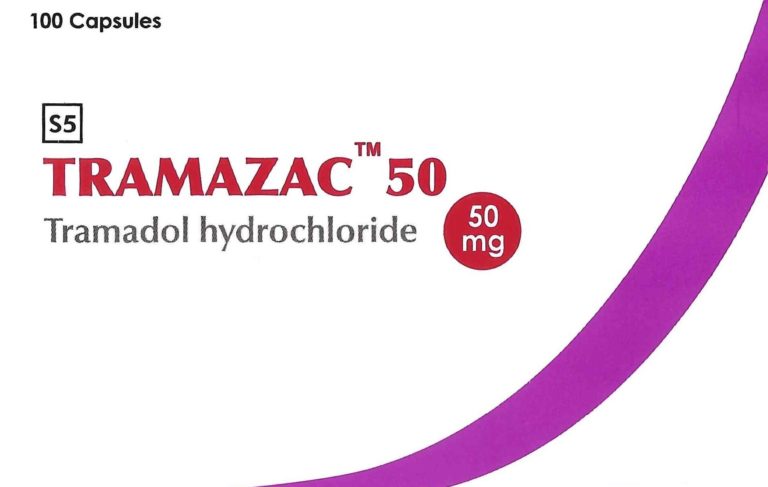Tramazac (50mg capsule x 100)
$45.61
Tramazac (50mg capsule) is a medication commonly used for the management of moderate to severe pain. It belongs to a class of drugs known as opioid analgesics and works by binding to certain receptors in the brain to alleviate pain sensations. It is typically prescribed under medical supervision due to its potential for side effects and the risk of dependence.
Tramazac (50mg Capsule): Detailed Description, Dosage, and Usage Information
Tramazac is a medication that contains tramadol hydrochloride as its active ingredient. Tramadol is an opioid analgesic used to manage moderate to moderately severe pain. It works by binding to certain receptors in the brain and central nervous system, altering the perception of pain.
Dosage and Administration:
- The typical starting dose of Tramazac for adults is one 50mg capsule every 4 to 6 hours as needed for pain relief.
- The maximum dose of Tramazac is usually 400mg per day, divided into smaller doses.
- Tramazac capsules should be swallowed whole with a full glass of water, regardless of meals. Do not crush, break, or chew the capsules.
- The dosage may be adjusted by your doctor based on the severity of your pain, your response to the medication, and your individual health conditions.
Usage Information:
- Prescription: Tramazac is a prescription medication. It should only be taken under the supervision and guidance of a qualified healthcare provider.
- Pain Management: Tramazac is primarily used for the management of moderate to moderately severe pain. It might be prescribed after surgery, due to injury, or for chronic pain conditions.
- Duration of Use: Tramadol should be used for the shortest duration necessary to manage your pain. Prolonged use without medical supervision can lead to tolerance, dependence, and withdrawal symptoms.
- Avoid Alcohol: While taking Tramazac, it’s advised to avoid alcohol consumption as it can enhance the sedative effects of the medication and increase the risk of side effects.
- Driving and Operating Machinery: Tramazac can cause dizziness, drowsiness, and impaired cognitive function. Avoid activities that require mental alertness, such as driving or operating heavy machinery, until you know how the medication affects you.
Possible Side Effects:
- Common side effects of Tramazac can include nausea, vomiting, constipation, dizziness, headache, and drowsiness.
- More serious side effects can include allergic reactions, difficulty breathing, seizures, and changes in mood or mental state.
- Long-term use or misuse of Tramazac can lead to physical dependence and withdrawal symptoms upon discontinuation.
Precautions:
- Allergies and Medical History: Inform your doctor of any allergies you have and your medical history, especially if you have a history of seizures, substance abuse, mental health disorders, or kidney or liver problems.
- Other Medications: Tramazac can interact with other medications, including other opioids, certain antidepressants, and medications that affect serotonin levels. Inform your doctor of all medications you are taking.
- Pregnancy and Breastfeeding: Tramazac should be used cautiously during pregnancy and breastfeeding. Consult your doctor before taking it if you are pregnant or breastfeeding.
- Elderly and Debilitated Patients: Tramazac should be used with caution in elderly or debilitated patients as they might be more sensitive to its effects.
In conclusion, Tramazac is a medication containing tramadol hydrochloride used for pain management. The typical dosage is one 50mg capsule every 4 to 6 hours as needed. It’s important to use Tramazac only under medical supervision, follow the prescribed dosage, and be aware of potential side effects and interactions. Always consult your healthcare provider for personalized guidance before starting or stopping any medication.
| Weight | 0.06 kg |
|---|---|
| Dimensions | 3 × 3 × 1 cm |
Related products




